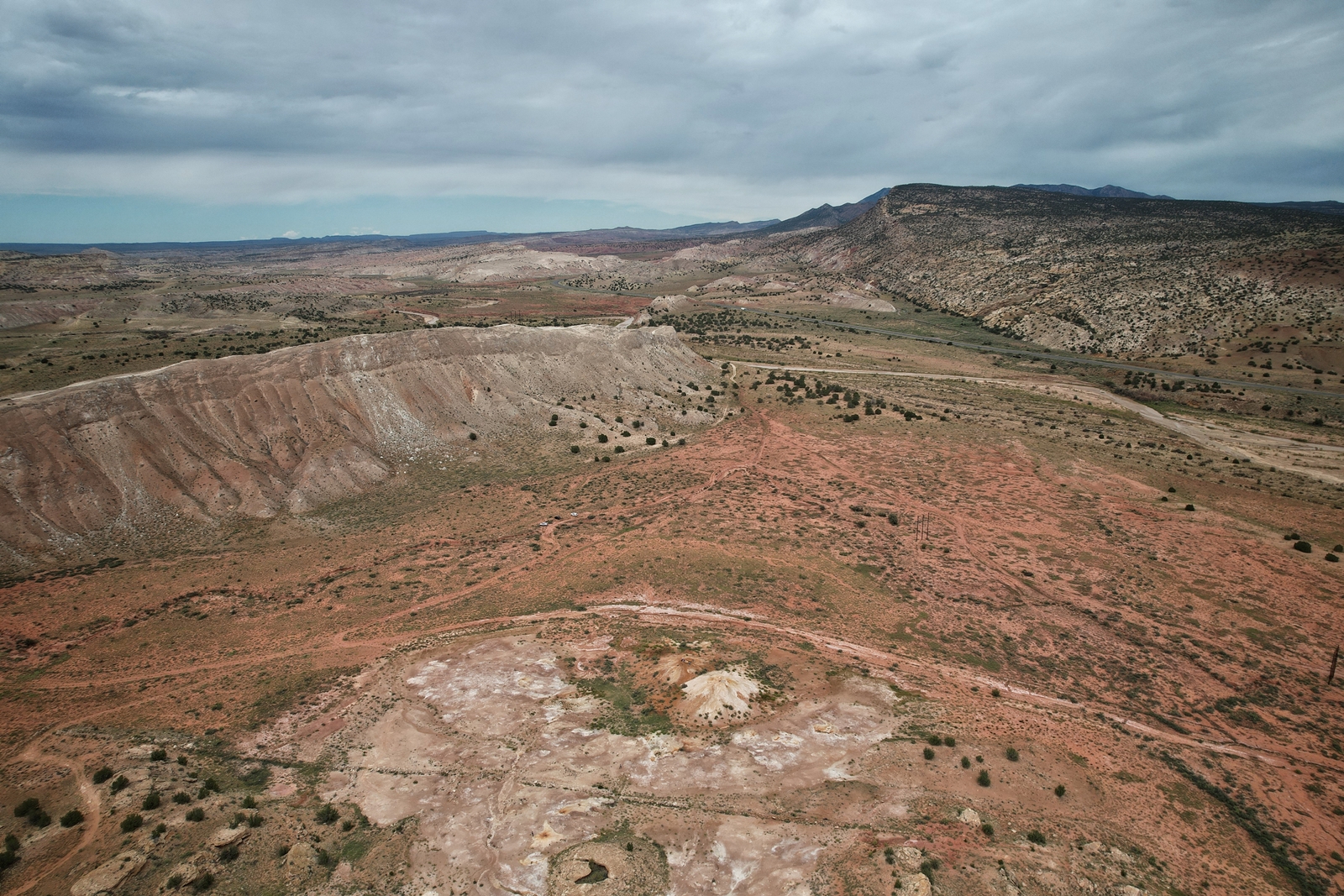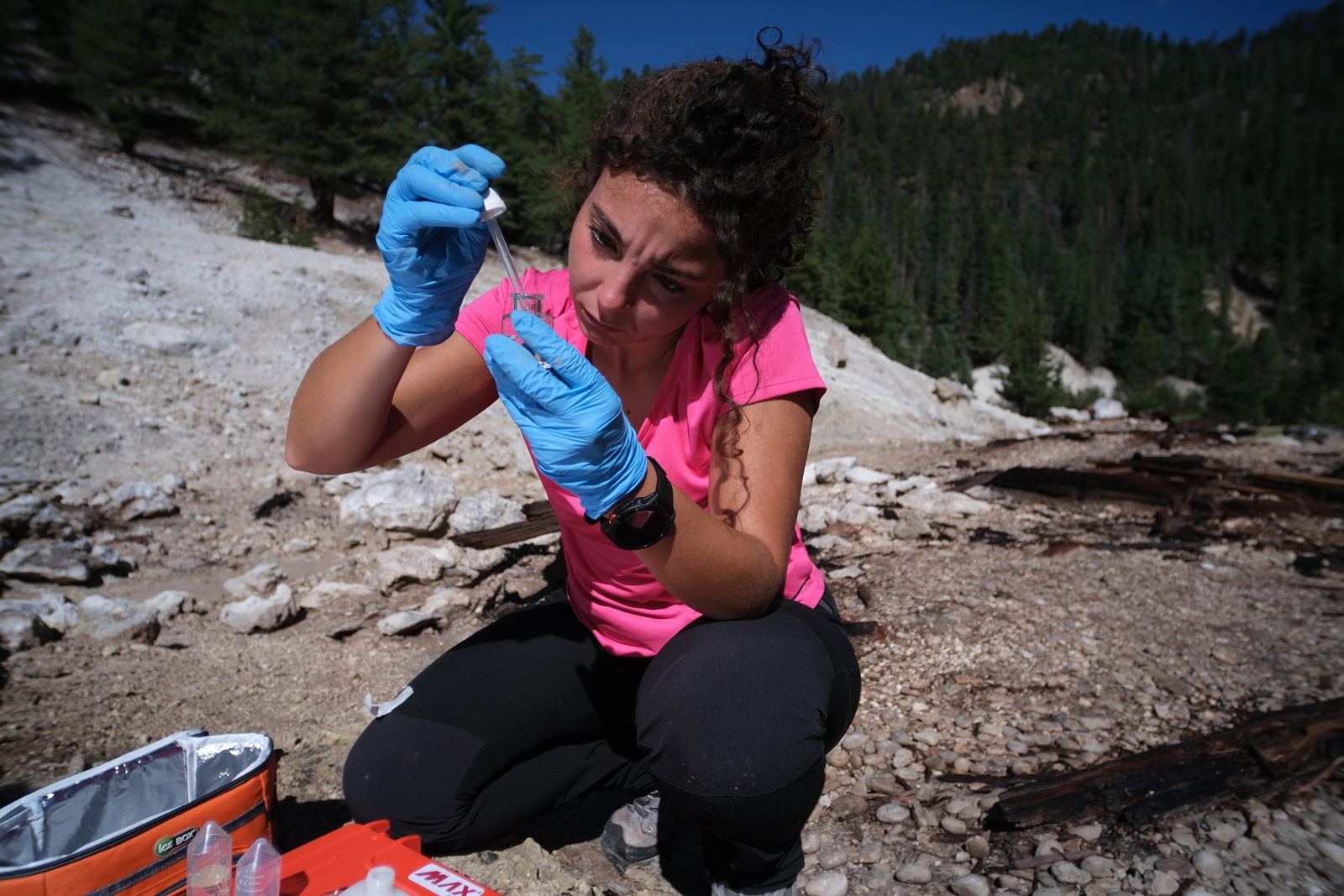2 min to read
New Mexico Expedition 2024
In search of deep life in the crust of the North American plate

New Mexico is an enigmatic land. It is made of miles of desert soil with sudden headlands interrupting the horizon. It is an immense desert, yet as a visitor, you will discover green corners generated by the rivers running through the country. Here biodiversity is the key word. Temperatures fluctuate wildly between hot and cold during the day. New Mexico is a magical land where American and Mexican cultures deeply merge, combining spicy food and chili with small towns full of colours.

I had the opportunity to know and travel to this land thanks to the 2024 CoEvolve expedition. The main goal of the project is to study life and microorganisms, with a particular interest in knowing how they have interacted with each other and evolved over millions of years. The choice to explore and collect samples here is due to its origin and the thermal waters that characterise it. The thermal waters of New Mexico are located along faults and generally are related to nearby igneous rocks of Tertiary or Quaternary age. The faults at the margin of the Rio Grande trough have been implicated in many of the thermal waters.
Collecting samples with these unique characteristics will allow a small step forward in the knowledge of the origin of life. We traversed New Mexico from the far north, touching a point in Colorado, to the deep south, almost on the border with Mexico during our 17-days expedition. While we were travelling from north to south, the landscapes changed a lot, but the large red mountains around us reminded us of the massive presence of oxidised iron.
The expedition started on August 24th, with a long journey from Naples. Our team from Naples was composed of Professor Donato Giovannelli, Flavia Migliaccio, Francesco Montemagno. Once we landed in the US we met colleagues from other insitutions: Maarten De Moor, a geochemist with expertise in gas sampling from the University of Costa Rica; Karen Lloyd, a microbiologist who specialised in extreme environments, from the University of Tennessee, and the scientific journalist Jacopo Pasotti. Albuquerque was where our adventure started and ended, and it was also our meeting point and base of operations.

After a long journey, we collected samples from sites in every part of New Mexico, reaching 18 locations. Among all the sites sampled, Parajito Spring located in a huge white rock canyon, will always be impressed in my memory. To reach the site we hiked for 1.5 km with a difference in altitude of 250 m. The path was rough and the risk of falling was substantial. The march was strenuous, but I was rewarded with a breathtaking thermal spring in an overwhelming nature, rich in dense vegetation and unique emotions.
Photo credits: Jacopo Pasotti, 2025.
